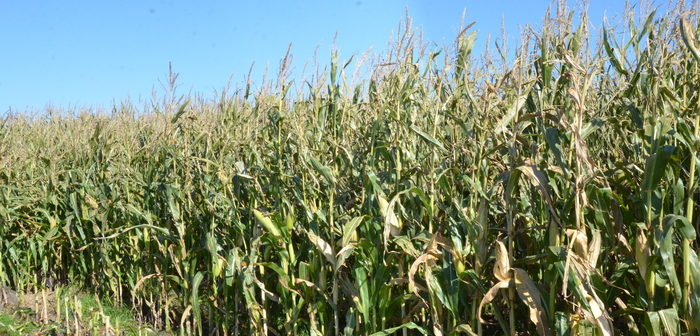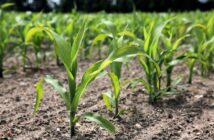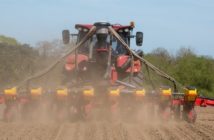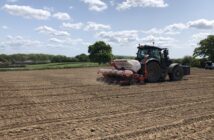Tim Richmond, LG Maize Manager says that across the country, farmers faced challenging conditions to get maize established but the focus now has to turn quickly to ensuring a successful harvest.
“Many farmers were forced to drill crops later than usual due to poor weather at the usual drilling time but this does not seem to have been too much of a disadvantage. Later drilled crops has caught up quickly and also have higher plant populations especially where vigourous earlier maturing varieties like Prospect and Gema have been used. Crops have rocketed away in the warm weather of the last few weeks
“Some earlier drilled crops had higher field losses and poorer plant populations and we have had reports of this from across the country. This is not to say these crops will not yield well as with fewer plants there will be less competition.”
He says the challenge now is to harvest crops at the optimum time. With variable grass silage reported across the country, dairy producers will be looking for a high-quality maize forage which can be incorporated in diets quickly to complement the other forages.
To achieve this will require a commitment to monitoring the crop and being flexible about harvest date rather than harvesting on a set date.
He says maize should be harvested when the crop combines optimal starch content of 30-35% with only limited leaf die back so maintaining high digestibility in the vegetative part of the plant. At the same time, the crop must have sufficient moisture to allow effective compaction in the clamp. Harvesting a crop too soon will result in sub-optimal starch content, as sugars will not have been converted into starch.
Equally, delaying harvest will result in poorer digestibility of the vegetative part of the plant and reduce digestible fibre which is essential for rumen health. He emphasises modern varieties stay healthy and green for longer and do not die off and go brown before being harvested.
“Harvesting date is influenced by OHU accumulation in the growing season. Early maturing varieties requiring fewer units and therefore require a shorter growing season. It is entirely likely that an early maturing variety drilled late could be ready for harvest sooner than expected.
Mr Richmond recommends walking crops from mid to late August to assess maturity and fitness to harvest, to prevent crops going over. He advises walking well into the crop and looking at plants in several locations. Never evaluate plants on the field margins.
He says that modern varieties often remain green to maturity, and it is a misunderstanding that maize needs to be dead before harvesting. The target range for an optimum crop is 32-35% dry matter. At dry matter levels higher than this, palatability and intakes can be reduced, digestibility will be compromised, and the crop may prove difficult to consolidate, increasing the risk of aerobic spoilage.
“Crops typically dry down at 2% per week as they approach maturity so, it is important to start measuring dry matter to avoid being caught out.”
To assess the maturity of the vegetative material he advises looking at the flow of juice from the stem, targeting to harvest when very little or no juice emerges as the stem is twisted, and when the leaves level with the cob are just beginning to turn brown. Assess the grains for harvest readiness using the guidance on the LG Maize Manager App.
“By walking the crop and assessing the state of maturity and the rate at which dry matter is increasing, you increase the prospects of harvesting the crop at the optimum stage to maximise the production of high-quality forage. You can also make sure your contractor knows when he likely to need to be on your farm,” Mr Richmond points out.




